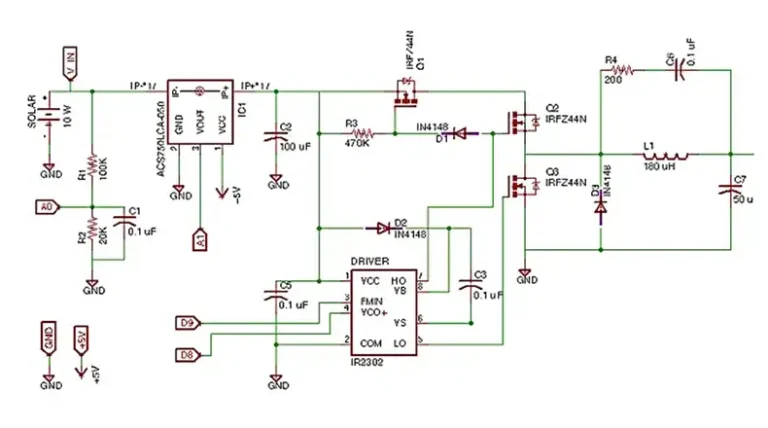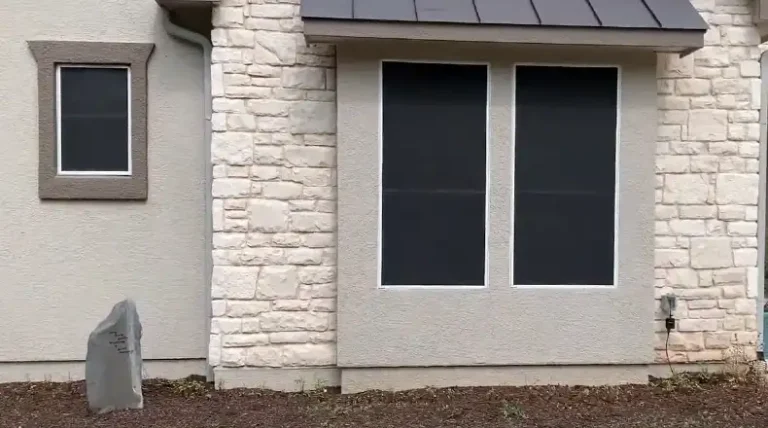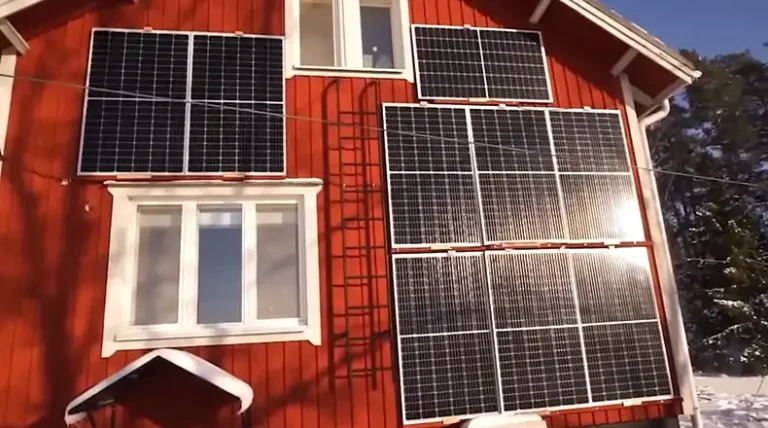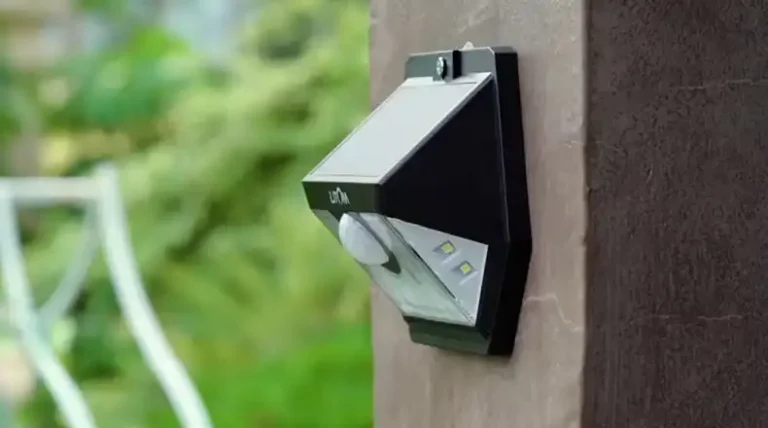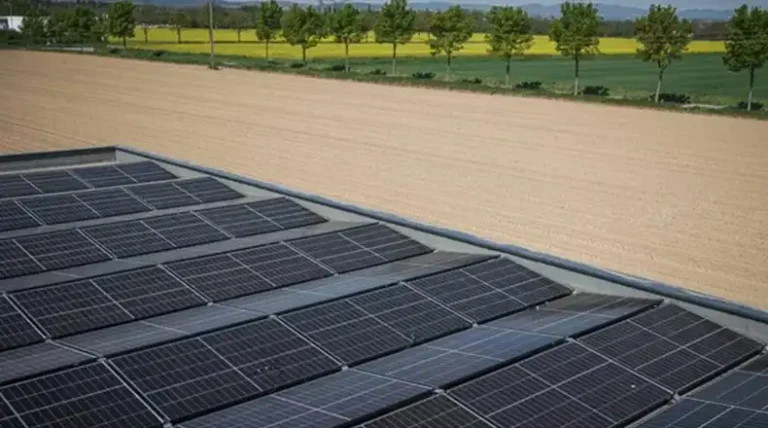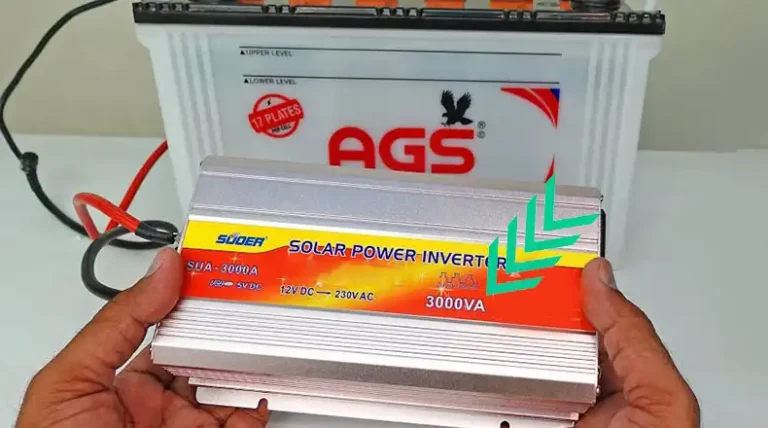Can You Extend a Solar Light Cable? Explained
Can you extend those solar light cables to brighten up more areas? The short answer is yes, you absolutely can! Extending the cables is a convenient way to move lights around or expand your outdoor lighting setup.
In this guide, I’ll cover the two main methods for extending solar cables – buying a pre-made extension or doing it yourself. We’ll look at the pros and cons of each approach, as well as some key considerations like potential voltage drop issues when lengthening cables.
Whether you’re a DIY pro or prefer the easy route, you’ll find all the info needed to successfully extend those solar cables. Short on time? Just know that extending is possible, but there are some important points to keep in mind.
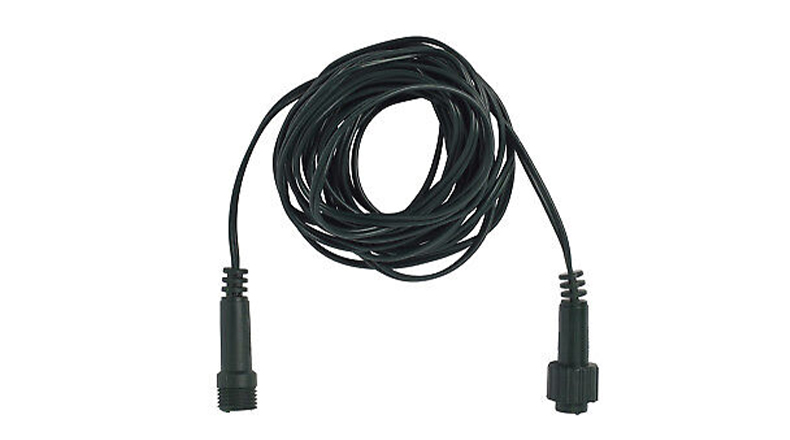
Potential Issues When Extending
The biggest headache you might run into when trying to make those solar light cables longer is getting less power to actually light up the bulbs properly. Here’s the deal – the longer that cable gets, the harder it is for electricity to flow through it to power the lights at the end.
It’s kind of like drinking through a really long straw – the farther away your mouth is from the drink, the more difficult it becomes to suck up that beverage. With a shorter straw, the liquid flows much more easily.
For solar lights, this power loss issue is called voltage drop. Voltage is kind of like the force or pressure that pushes the electricity through the cable to make the lights shine. The longer the cable, the more that voltage decreases by the time it reaches the light bulbs.
So if there’s too much of a voltage drop over that long extension cable, your lights might end up being really dim. Or in extreme cases, there may not be enough power left for the lights to turn on at all! Not exactly the desired result when you’re just trying to brighten things up.
The best way to prevent excessive voltage drop is by using stronger, thicker cables that electricity can flow through more easily over longer distances. These thicker cables have a higher gauge number, with lower gauge numbers indicating a thicker wire.
Two Methods for Extending
There are a couple of different approaches you can take to extend those solar light cables. A quick overview before we dive into the specifics.
Option 1: Pre-made Extension Cables
The easiest route is to simply purchase a pre-made extension cable designed specifically for solar lights. These plug-and-play cables are readily available online and at many hardware stores. They’re made to properly match and extend existing solar light wiring.
Option 2: Do It Yourself
If you’re handy and comfortable working with basic wiring, you can make the extension yourself. You’ll need to get a cable with the same gauge as your current one and properly join the two cables together using weather-resistant connections.
Let’s take a closer look at each option:
Buying a Pre-Made Extension
As I mentioned, the biggest advantage of pre-made extensions is sheer convenience. You don’t need to fuss with any wiring – just connect it to your existing setup and you’re done. No fiddling with complex electrical work required.
The downside is that pre-made options can be more expensive, especially for longer extensions. And you might not be able to get the exact length you need, leading to excess cable clutter.
Extending It Yourself
The DIY approach lets you customize the extension length precisely to your needs. It’s also generally more cost-effective than pre-made options, especially for longer runs.
However, there is some electrical know-how involved. You’ll need to properly strip, join, and weatherproof the cable connections. If not done correctly, you could create potential safety hazards.
Here are the basic steps for a proper DIY extension:
- Disconnect the existing solar components for safety
- Cut the cable to your desired length
- Strip a bit of sheathing from each end of the cables
- Join the cables using weatherproof wire nuts/connectors or solder & heat shrink tubing
- Secure the connection point to prevent strain
- Reconnect the solar panel and light, ensuring waterproof connections
- Test that the extended lights work properly
If you’re not comfortable splicing cables and making weatherproof connections, it’s best to hire an electrician rather than risk doing it incorrectly.
Wrapping Up
So in summary, yes – you can definitely extend those solar light cables if needed! Just be mindful of the potential voltage drop over longer distances. For maximum convenience, pre-made extensions make life easier, though they can be pricier. The DIY approach is cost-effective if you’re comfortable splicing cables.
Whichever route you take, just be sure to use the proper gauges, make waterproof connections, and don’t exceed reasonable total cable lengths. I hope this guide provided all the key info you need for extending your solar lighting setup! Let me know if any other questions by dropping a comment below. Thanks for reading and best of luck with your project!

